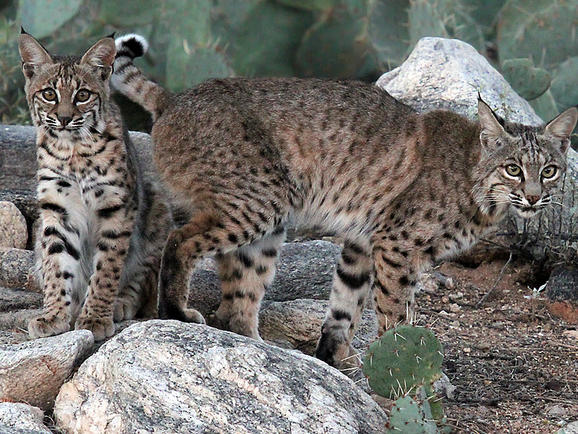
California bans bobcat trapping

When news broke about the recent killing of Cecil the African lion, like everyone I know, I was startled to learn such trophy hunting still goes on. Wow. In 2015? Likewise, it never crossed my mind that Californians were legally trapping bobcats to sell their fur. So I’m glad the California Fish and Game Commission voted on August 5 to ban the practice, making California the first U.S. state to do so.
I’m not a purist about animal rights (I’m not a vegetarian, for example) but there are so few magnificent wild animals like bobcats out there (compared to, say, people) it heartens me to know we’re giving them a break. The current California bobcat population is unknown but the last estimate (in 1979) put it at 72,000. Number of people living in California now: over 38 million. In the last trapping season in California, 1,292 bobcats were killed for their pelts, which sell for an average of $390 a piece, according to a report by the California Department of Fish and Wildlife.
I’ve seen only one wild bobcat up close, and it was thrilling, in the woods next to the Sawyer Camp Trail in San Mateo, California (a great hike location, which happens to be on the San Andreas Fault). A tall chain link fence between the cat and me gave us both the confidence to study each other from only a few yards apart. Though when he walked off, I noticed his tremendously beefy haunches could have sent him over my safety fence in a flash. And I appreciated his fur coat—thick, bristly, beautiful. It was a cold day, so I was glad he had it. Myself, I was toasty in a nice wool sweater.

